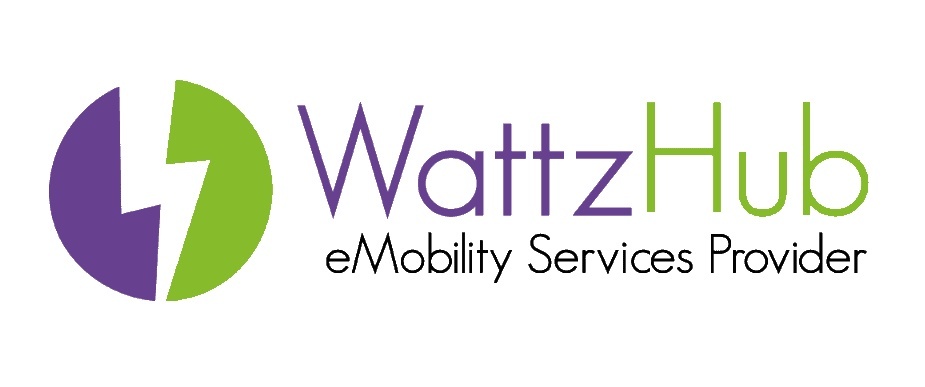Zoznámte sa s Ejornee - viac ako len komerčná nabíjačka.

K dispozícii až do 2 × 7,4 kW {{url_placeholder_0}} na neuveriteľne rýchle nabíjanie, aby sa nabíjal 2 EV súčasne.

Funkcia DLB zabráni preťaženiu a distribuuje napájanie v klastri s obmedzeným dostupným nabíjacím výkonom.

Viaceré spôsoby platby, ako je mobilná aplikácia, karta RFID a platobný terminál typu všetko v jednom* (voliteľné).

Trieda B Mid Energy Meter pre každú zásuvku, aby sa zaručila presnosť merania komerčného nabíjania.

Vybavené RCD a RCD a 6MA DC Ochrana pred 30 mA a 6MA dodáva aj ochranu pera* (britský trh).

Veľké ploché povrchy nabíjačky nabíjačky ponúkajú dostatok priestoru pre značku a viditeľnosť, zatiaľ čo 7 ″ dotyková obrazovka pre reklamu.
Poskytnite zákazníkom pohodlné služby pripojenia.








Prečítajte si viac o sérii S
Installing EV charging stations requires careful planning, qualified electricians, and compliance with electrical standards.
Many locations have simplified the approval process for EV chargers, but understanding local regulations is essential as they can vary from state to state.
By working with an experienced national provider such as LCTC, we can manage all these obstacles to ensure total compliance and professionalism.
The chargers will require OCPP 1.6J or above capabilities. This is how CPO software communicates and controls the charger. You will also need a steady, reliable internet connection. We recommend using a hardwired ethernet connection to the charger or a built-in GSM modem and sim card. However, a wireless connection is also an option but not preferred.
Online/Offline RFID card charging
Charging with mobile app
Operating through the touch screen
Once your car is fully charged, the charging station will stop supplying power to your vehicle automatically. You can also monitor the charging status on your car’s dashboard or charging app, which will show the battery level and estimated time until completion.
We can add a Dutch language package or any other language for free.
Hardware warranty is two years.
Credit/Debit Cards: Many stations support direct card payments.
Mobile Apps: Dedicated apps let users start, stop, and pay for charging via smartphone.